Upper front teeth close in front of the lower teeth.
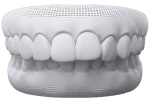


Enhancing treatable cases with modern orthodontics

Upper front teeth close in front of the lower teeth.

Lower teeth protrude past upper front teeth.

Upper and lower jaws don’t line up.
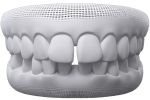
Extra spaces between teeth.
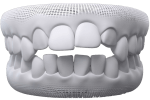
Top and bottom teeth don’t meet.
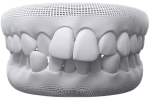
There isn’t enough room in the jaw for teeth to fit normally.
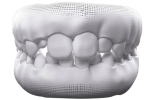
Orthodontic treatment for growing children.
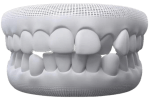
When you just want a more beautiful smile.
Invisalign works by using a series of custom-made, clear plastic aligners that are designed to gently shift the teeth into the desired position over time. Invisalign is a simple and effective solution for straightening teeth without the use of traditional braces. By following the steps outlined above, the patient can achieve a straighter, healthier smile. Here’s a step-by-step explanation of the process:
The first step is to schedule a consultation with an Invisalign-trained dentist or orthodontist.
During this appointment, the dentist will examine the teeth and determine if Invisalign is a good option for the patient
If the patient is a good candidate for Invisalign, the next step is to create a treatment plan.
Using advanced computer technology, the dentist will create a 3D model of the teeth and map out the movement of each tooth over the course of the treatment.
Once the treatment plan has been created, custom-made aligners will be fabricated specifically for the teeth.
The aligners are made of a clear, medical-grade plastic that is comfortable to wear and nearly invisible when in place.
The patient will wear each set of aligners for about two weeks before switching to the next set in the series.
It’s important to wear the aligners for at least 20-22 hours each day to ensure the best results.
Throughout the course of treatment, the patient will need to schedule regular check-ups with the dentist to monitor the progress and receive new sets of aligners as needed.
Over time, the aligners will gradually shift the teeth into the desired position.
Once the final set of aligners has been worn, the patient will have achieved the desired result and will no longer need to wear the aligners.